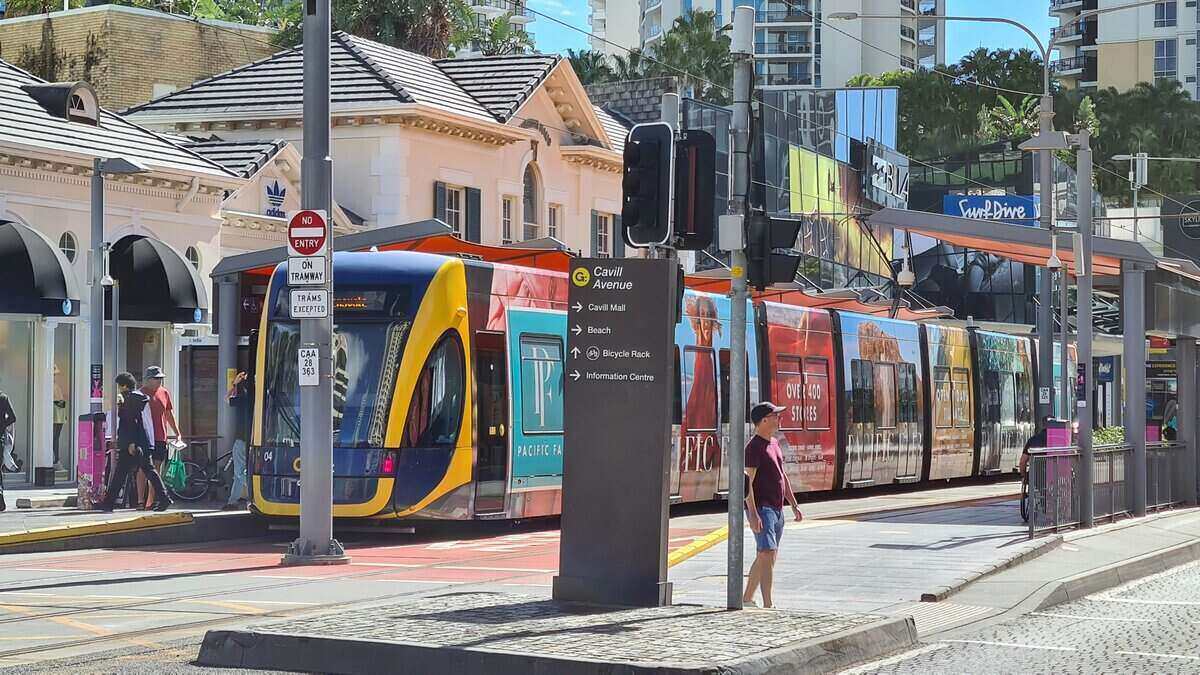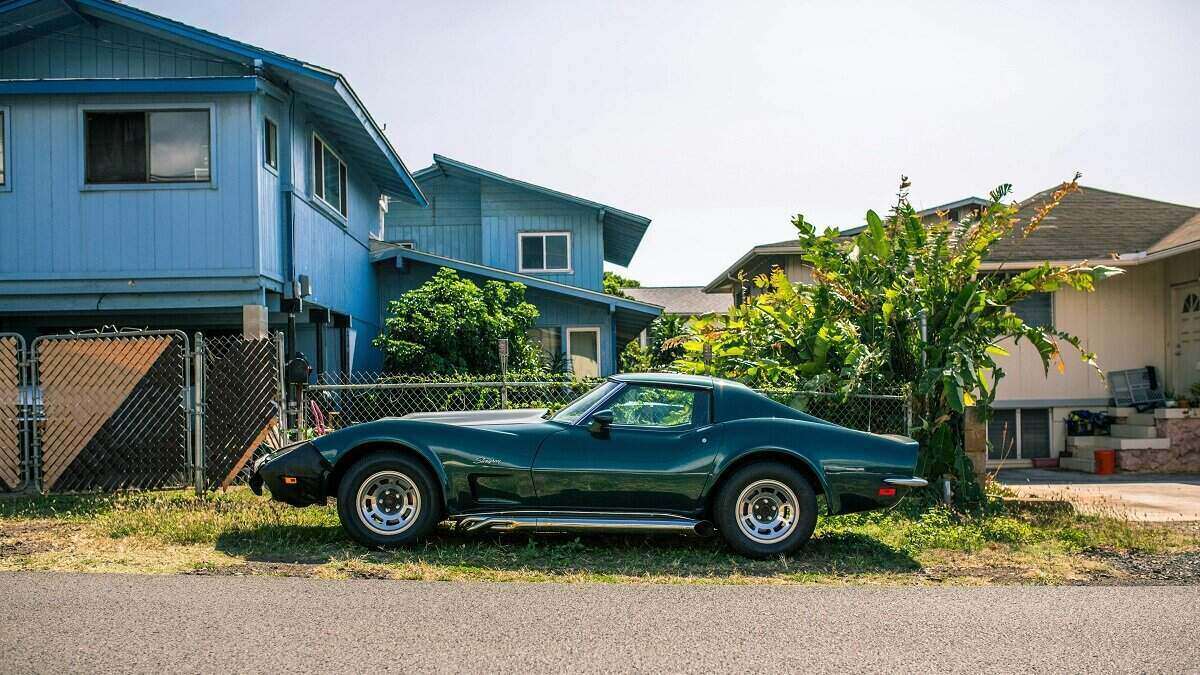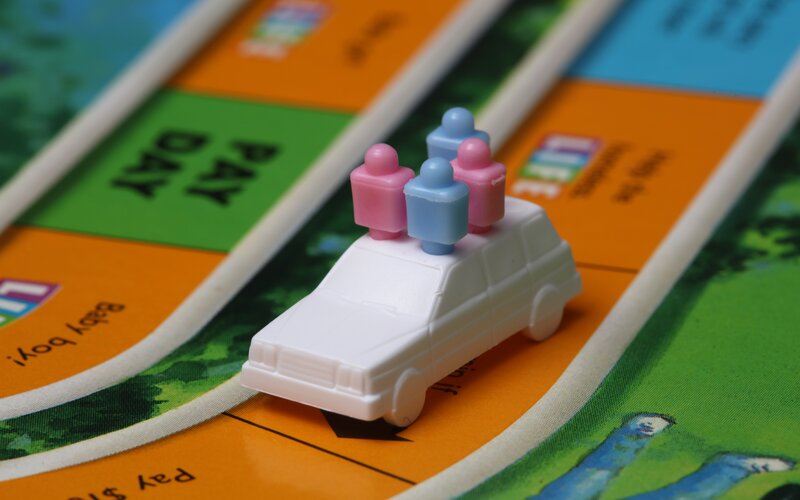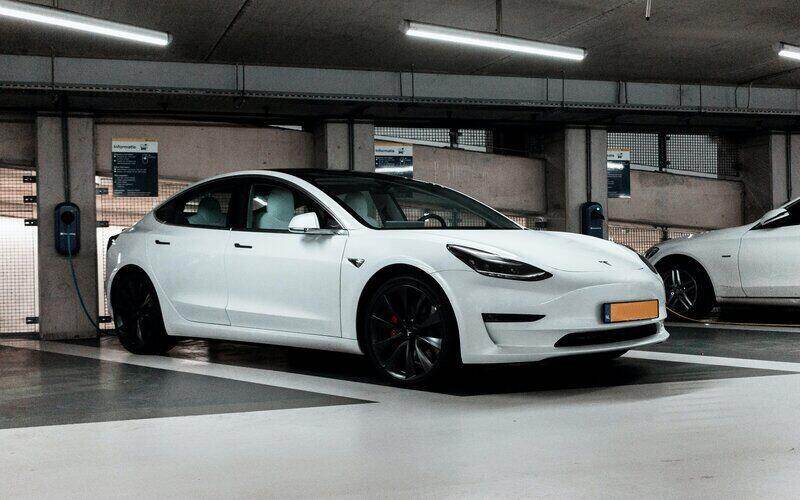It seems like every summer, especially in northern parts of Australia, the weather delivers ‘golf ball-sized’ hail, a ‘supercell’, and a ‘one in 100 year event’. Every year, insurers warn us about leaving our cars outside during a storm. And every year it seems like dealerships get hammered, and want to on-sell their hail-damaged fleet for cheap.
However, just because there’s a bargain, does that mean you should buy a hail-damaged car? It could be a false economy.
What to know about buying and owning a hail-damaged car
There’s two key things to consider when it comes to buying and owning a hail-damaged car - its insurability, and the cost to repair … if you decide to go down that path.
Insurance and write-offs
In a lot of states, it’s fine to buy and sell a written-off vehicle, provided it’s listed as a repairable write-off. In many cases, a dealership will automatically write-off their vehicles if there’s hail damage, so the chances of repairing them could be good. They do this because it’s uneconomical for their insurer to repair these vehicles as the damage could outweigh the value of the car, or prove too much trouble. The written-off vehicles then often find their way to auction houses.
-
To check if a car has been written off you can check the Personal Property Security Register (PPSR) - for around $2 you can find out a whole lot of info about your vehicle that the seller might not want to divulge.
Most of the time, it’s illegal to drive a written-off vehicle. Generally, it must be repaired and/or pass roadworthy before it’s put back on the road.
This leads us to the other point - insurance. A car’s roadworthiness affects its ability to get insurance. A lot of the time, your insurer wants to know before you take out a policy if your car has existing damage. In a hail-damaged car’s case, the answer is a strong yes. Insurers see already-damaged cars as a liability, and could charge a premium accordingly.
RACQ Spokesperson Lucinda Ross said insuring a hail-damaged car is generally a hassle.
“Most insurers won’t cover vehicles with existing hail damage, or at best, they’ll limit the cover. Remember you’re obligated to be upfront with insurers about the condition of your vehicle including any existing hail damage at the time you’re taking out the cover,” Ms Ross said.
“Also if the car’s been classified as a repairable write-off the ‘written-off’ flag will stay with it for its lifetime – something to keep in mind if you ever plan on selling it in the future.”
Cost to repair
It’s common that a hail storm doesn’t totally write-off a vehicle, and instead only dings it up a bit. A popular technique that repairers use for hail damage is ‘paintless dent repair’ or PDR. With PDR, a panel beater will go over the surface of the car, gradually smoothing out dents to not damage the paint.
Depending on the extent of the damage, PDR could cost anywhere from a few hundred dollars, to thousands. If total panels are looking like a golf ball, chances are it’ll need more extensive repairs, including a full respray, which could costs thousands, and negate the benefit of buying the cheaper hail-damaged car.
You may find auction houses sell hail-damaged cars. Here it’s important to figure out if the vehicle is written-off or not - if so, you’ll have to fork out for repairs before going on the road. It’s probably a telling indictment that hail-damaged cars are often listed under the ‘salvaged’ categories on auction house websites.
Ms Ross said repairing a hail-damaged vehicle could be more damage than it’s worth.
“Before signing on the dotted line, you first need to consider if the purchase price plus the cost of repairs works out cheaper than the normal sale price – if it doesn’t then it’s best not to part with your cash,” she said.
If you’re buying a hail-damaged car privately, the same rules apply - you don’t necessarily want to acquire someone else’s problem.
Long term effects of a hail-damaged car
The problems might not stop at your friends laughing at you for driving a car that looks like a golf ball. Hail damage can gradually eat away at your car’s paint, like a slow-moving virus creeping up on you. A hail dent can cause the paint to chip and flake, which then can have a flow-on effect to the rest of the car. Hail damage left too long can also cause rust to form, which is caused by water seeping in under the paint. Surface rust doesn’t seem like a huge deal, but rust can eventually eat through the metal. If you’ve got a hail-damaged car, it’s important to get the damage attended to as soon as you can.
Savings.com.au’s two cents
Buying a car with hail damage can seem like a good deal, often discounted to half-price or more. However, this could be a false economy. If you’re intent on repairing, the repairs could outweigh the cost of the value of the car. Insurance can also be hard to secure on a hail-damaged car, or will likely cost more than an undamaged vehicle. Further, hail damage left unchecked can cause rust and long-term problems for your car.
Savings.com.au’s two cents is to weigh up the savings you get from getting a cheaper - but still safe and mechanically-sound - car against the costs of higher insurance premiums and potential repairs.



 Denise Raward
Denise Raward
 Harry O'Sullivan
Harry O'Sullivan

 William Jolly
William Jolly
 Brooke Cooper
Brooke Cooper

